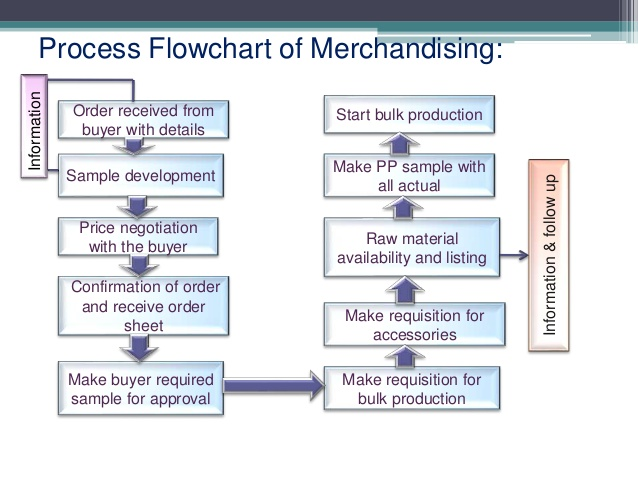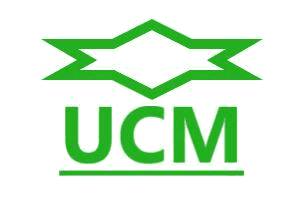Personal Impact of Custom Co-designed Clothing
When acting as co-designers, customers face new uncertainties and risks, coined “mass confusion” in this article. Building on a construction strategy of empirical management research in the form of six case studies, we propose the use of online communities for collaborative customer co-design in order to reduce the mass confusion phenomenon. In so doing so, we challenge the assumption made by most mass customization researchers that offering customized products requires an individual (one-to-one) relationship between customer and supplier. This chapter reviewed literature on UNITECLOTH MANUFACYURING, custom and mass customized apparel, and identified opportunities for this research study. Firstly, this review highlighted the important role clothing plays in consumer social psychology, as it tends to act as social indicators for an individual’sidentity, social class, and wellbeing; it also addressed consumer use of clothing to fulfill a social tendency and their shopping behaviour, based on motivation and gender. Secondly, it discussed theim pact of technology on apparel production, including custom-made, mass produced and mass customized apparel co-design online. Thirdly, it discussed key areas related to consumer attitude that included ready to wear (UNITECLOTH MANUFACYURING) and clothes shopping online, custom and co-designed clothing,clothing impact on the wearer, custom clothing across clothing detail, type and category, adoption issues for clothing co-designed online, and consumer willingness to pay extra and wait for co-designed clothing.This review showed that literature focusing on consumer attitude towards apparel MC is limited in several areas, and lacks studies in others. There are few studies that provide qualitative data that reflect the voice of consumers interested in apparel co-design; male consumer perspective on apparel MC and co-design; life style consumer segmentation based on shopping behaviour; apparel customization priority; and apparel MC adoption issues. There is however an absence of acomprehensive qualitative studies that measure consumer attitudes towards apparel MC and co-design, which are cross-referenced with the view of industry experts on the topic. Similarly, there are no studies of the Canadian market,which would provides a unique opportunity, since consumers experience many challenges in finding the right fit for their varied body types and tastes. In addition, studies that used consumer segmentation did not consider the following: social tendency as influencing attitude towards clothing;assessed the personal impact of wearing co-designed clothing; examined consumer apparel customization priorities, or determined apparel MC and co-design adoption needs. Apparel MCLiterature Review Based on the literature review findings above, this study aims to explore consumers’ attitudes towards apparel MC and co-design and their willingness to adopt it. To do so,it establishes a contextual base line by examining consumers’ past experience with clothing (UNITECLOTH MANUFACYURING and custom) and online shopping, which provides insights into consumers’ motivations for adopting apparel MC and co-design. The study uses qualitative methods to listen to the voice of the consumer and elicit their deeply rooted attitudes (feelings, likes and dislikes). It addresses consumer attitudes towards apparel co-design, the impacts it has on the wearer, and their apparel customization priorities(clothing type, detail, and category). It examines consumer intentions to adopt apparel MC and co-design by seeking to reveal their needs, and willingness topay and wait for clothes they co-design online. To identify potential target markets, the data analysis in this study takes into consideration multilevel(ML) consumer segmentation, which includes gender, social tendency and shopping behaviour. Figure 8 below provides a graphical illustration of this study’s research themes, context, and consumer segmentation.Research Themes,Context and Consumer Segmentation Based on the gaps identifiedin the Literature review, the overarching question explored in this study isthe following: “What are the attitudes of Consumers towards apparel mass customization?” This is explored through the 6 sub-questions listed below: 1.What is consumer attitude towards UNITECLOTH MANUFACYURING clothing, fit issues and online shopping? 2.What is consumer attitude towards custom and co-designed clothing? 3.What is the personal impact of custom co-designed clothing on the wearer? 4.What is the consumer’spriority for custom clothing across clothing detail, type and category? 5.What are the consumeradoptions needs for clothing co-designed online? 6.What is the consumer willingness to pay extra, and wait for co-designed clothing? |

